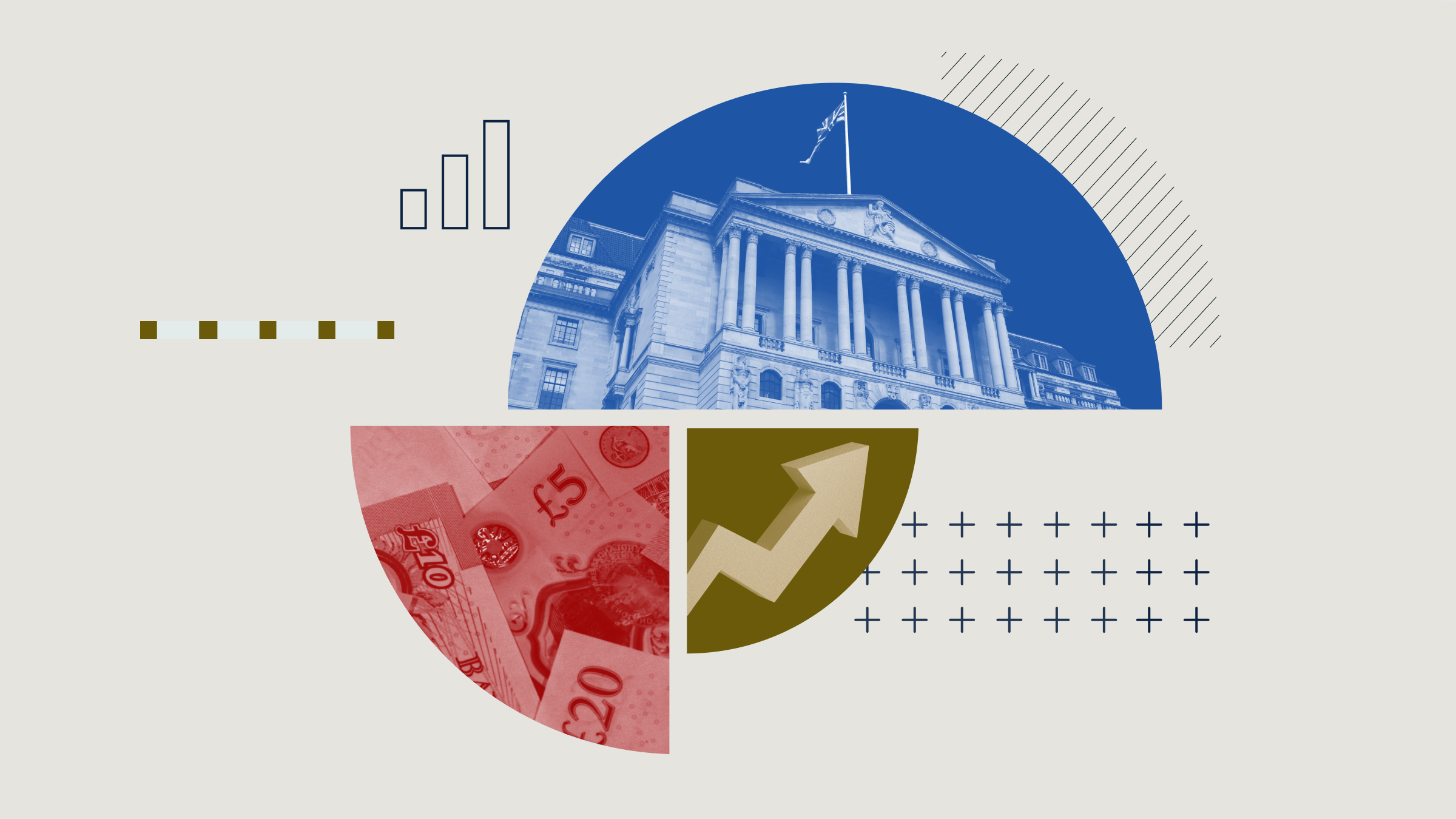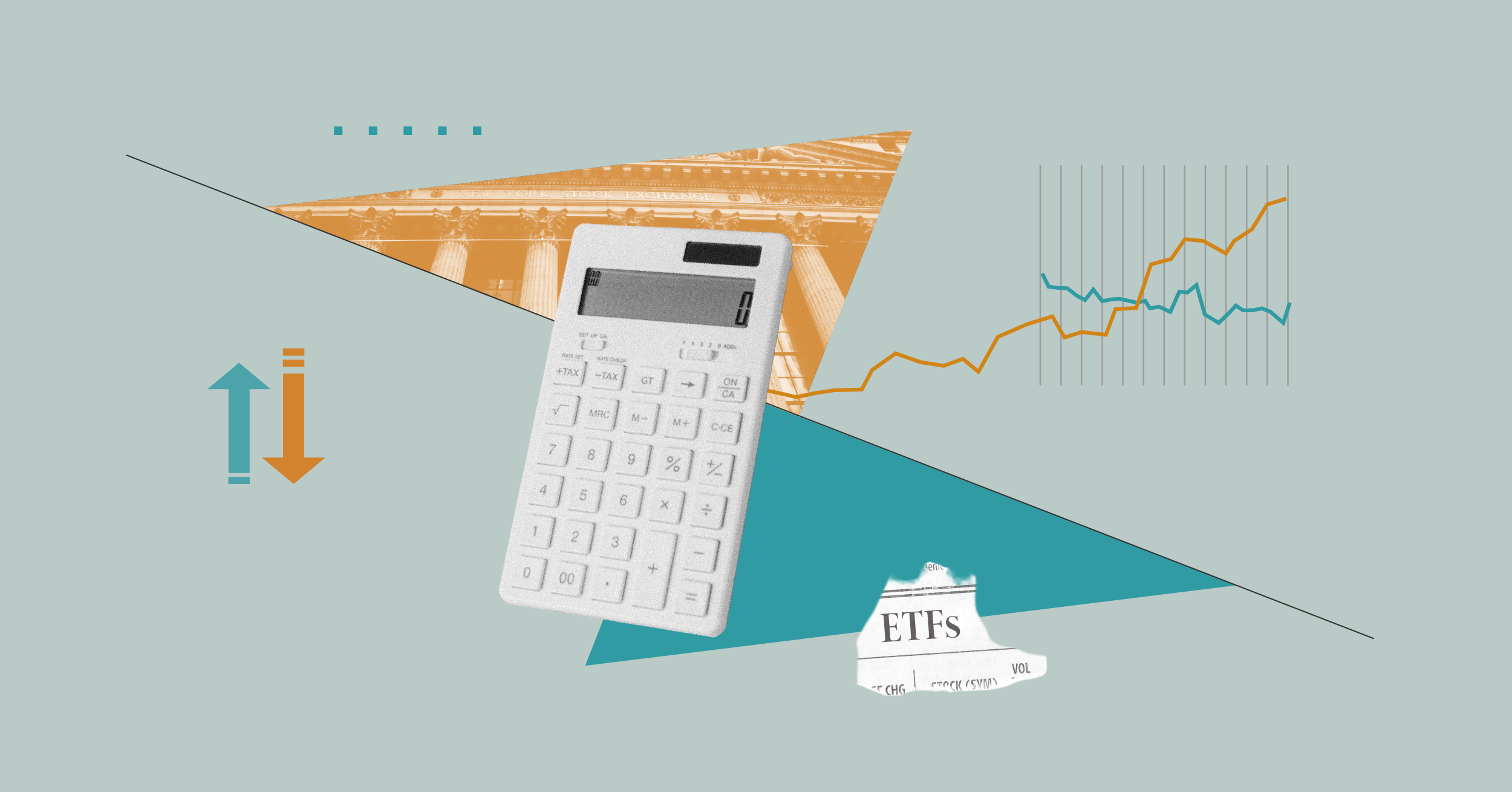Asia
President Trump’s comments that the US was unlikely to meet China to discuss trade before tariffs increase on March 2 has rattled Asia investors.
Japan’s Nikkei tumbled on the last trading day of the week, shedding 2% or 418 points to 20,333. Earlier in the week, 21,000 points seemed a realistic target, but the index has slipped back from this level. The Nikkei has staged a recovery since the start of 2019, but is still a way off the 24,000 points seen in October last year. Like many developed markets, January’s rally has faded into February.
Hong Kong’s Hang Seng reopened after Lunar New Year holidays, but it was caught up in the global move lower.
Europe
Eurozone markets were mixed, with France, Germany and Italy marginally higher but Spain weaker.
The FTSE 100 was just in positive territory after a reasonably upbeat week on sterling weakness and strong performance from oil companies. The index was close to 7,200 points in the middle of the week but has drifted back just below 7,100 points on Friday.
Utility and dividend stalwart SSE (SSE) was under pressure after it warned that full-year profits would be lower after an EU judgment on industry subsidies. The firm also announced a 160,000 drop in customers, taking the overall number below 6 million people.
The pound moved from $1.29 to $1.30 after the Bank of England press conference, despite a cut in growth forecasts for this year and an inclination towards dovishness from the Governor, Mark Carney.
Data moving currency markets next week includes UK GDP for the fourth quarter and inflation for January.
North America
Canada’s unemployment statistics are the highlight of the North American economics calendar today. The jobless rate is expected to have crept up to 5.7% in January, from 5.6% the month before. 5,000 new jobs are forecast to have been added in the first month of the year, lower than the 9,300 jobs in December.
US futures point to a fall in key indices at the open on Friday, continuing this week’s nervy trading.
Next week sees the release of US inflation and retail sales data, as well as the University of Michigan sentiment index.





























